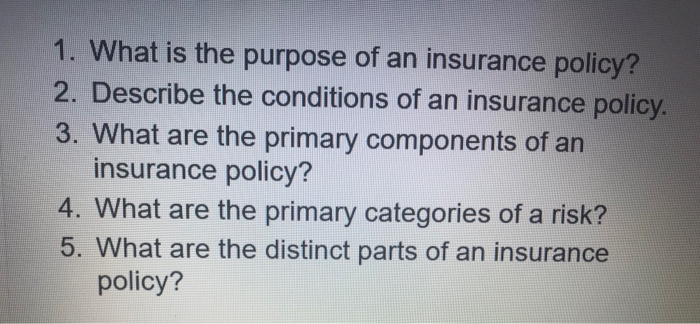How Pacific Prime can Save You Time, Stress, and Money.
How Pacific Prime can Save You Time, Stress, and Money.
Blog Article
The Ultimate Guide To Pacific Prime
Table of ContentsPacific Prime Things To Know Before You BuyIndicators on Pacific Prime You Should KnowOur Pacific Prime DiariesPacific Prime - An OverviewThe Single Strategy To Use For Pacific Prime

This is due to the fact that the data were accumulated for a period of solid economic efficiency. Of the estimated 42 million people that were uninsured, almost concerning 420,000 (about 1 percent) were under 65 years old, the age at which most Americans end up being eligible for Medicare; 32 million were adults in between ages 18 and 65, around 19 percent of all adults in this age; and 10 million were kids under 18 years old, concerning 13.9 percent of all kids (Mills, 2000).
These price quotes of the number of persons uninsured are generated from the annual March Supplement to the Present Populace Study (CPS), performed by the Demographics Bureau. Unless or else noted, nationwide estimates of individuals without medical insurance and percentages of the population with various type of coverage are based on the CPS, one of the most extensively used source of estimates of insurance policy protection and uninsurance prices.
Little Known Facts About Pacific Prime.

Still, the CPS is particularly helpful since it produces annual quotes relatively promptly, reporting the previous year's insurance policy coverage estimates each September, and due to the fact that it is the basis for a regular collection of quotes for more than 20 years, enabling evaluation of trends in coverage over time. For these reasons, along with the extensive use of the CPS in various other researches of insurance policy coverage that are offered in this record, we rely upon CPS estimates, with constraints noted.

The price quote of the number of uninsured individuals expands when a populace's insurance policy standing is tracked for a number of years. Over a three-year duration beginning early in 1993, 72 million people, 29 percent of the U.S. https://moz.com/community/q/user/pacificpr1me. population, were without insurance coverage for at the very least one month. Within a solitary year (1994 ), 53 million people experienced at the very least a month without coverage (Bennefield, 1998a)
6 out of every 10 uninsured adults are themselves used. Although working does improve the chance that one and one's relative will certainly have insurance, it is not a warranty. Even members of households with two permanent breadwinner have almost a one-in-ten chance of being without insurance (9.1 percent without insurance rate) (Hoffman and Pohl, 2000).
The Best Guide To Pacific Prime
New immigrants click for source account for a significant proportion of individuals without health and wellness insurance. One analysis has actually connected a significant part of the recent development in the dimension of the united state uninsured population to immigrants that arrived in the country between 1994 and 1998 (Camarota and Edwards, 2000). Current immigrants (those that pertained to the United States within the past 4 years) do have a high price of being without insurance (46 percent), but they and their kids represent simply 6 percent of those without insurance policy country wide (Holahan et al., 2001).
The partnership between medical insurance and accessibility to care is well developed, as recorded later in this chapter. Although the connection in between wellness insurance policy and health and wellness end results is neither straight neither straightforward, a comprehensive clinical and health and wellness solutions study literary works web links health insurance coverage to improved accessibility to care, far better quality, and improved individual and populace health and wellness condition.
Degrees of evaluation for analyzing the impacts of uninsurance. It concentrates especially on those without any wellness insurance policy for any type of size of time.
Some Ideas on Pacific Prime You Should Know
The issues encountered by the underinsured are in some areas similar to those faced by the uninsured, although they are normally less serious. Health insurance, nevertheless, is neither needed nor sufficient to obtain accessibility to medical services. The independent and straight result of wellness insurance coverage on accessibility to health and wellness services is well developed.
Others will acquire the healthcare they require also without medical insurance, by paying for it expense or seeking it from carriers who supply treatment complimentary or at highly subsidized prices. For still others, medical insurance alone does not make sure receipt of treatment because of other nonfinancial barriers, such as an absence of healthcare service providers in their area, limited accessibility to transportation, illiteracy, or linguistic and social differences.
The Facts About Pacific Prime Revealed
Official research study regarding without insurance populaces in the USA dates to the late 1920s and early 1930s when the Committee on the Expense of Medical Care produced a series of reports regarding funding medical professional office sees and hospitalizations. This issue ended up being prominent as the varieties of medically indigent climbed up during the Great Depression.
Report this page